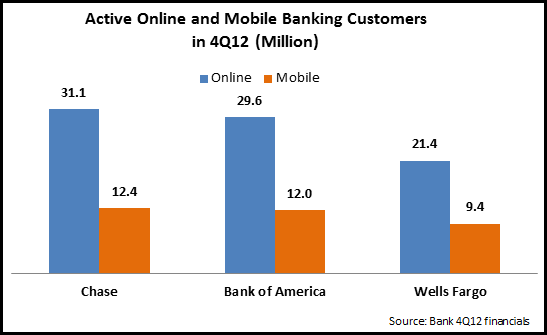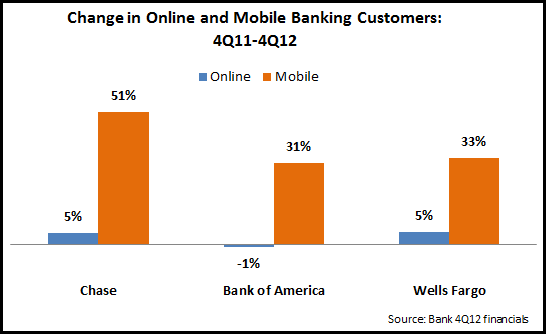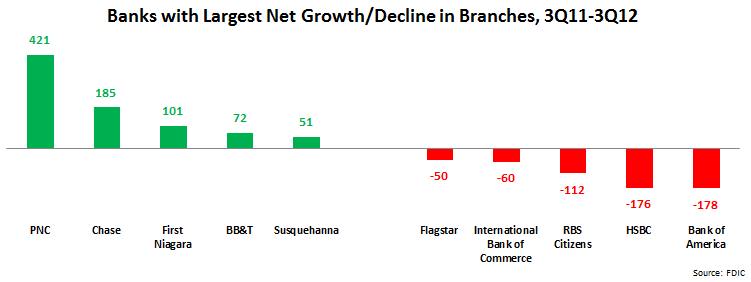At the recent Barclays Global Financial Services conference, presentations by leading U.S. banks highlighted the extent to which they are adapting their branch networks, based on the need to reduce costs, leverage new technologies, and reflect changing customer behavior. The following are five branch channel trends that emerged from the conference:
- Reduction in branch numbers. Many of the larger banks are closing unprofitable branches. Bank of America and SunTrust both reported 7% falls in their branch numbers over the past two years. BB&T cut its branch network by 3%. According to FDIC data, there was a net decline of 839 branches in the year to June 30, 2013.
- Emergence of new branch models. Banks are no longer following a one-size-fits-all model for branches, and instead are deploying different types of metrics based on a range of factors, such as market characteristics, branch density and competitive strength. First Horizon is piloting a concierge branch model in Memphis, Nashville and Knoxville, featuring no teller rows and staffed by universal bankers. The Fifth Third micro-branch format, which it expects to pilot in the coming months, has 2-3 staff in self-service, non-cash-handling branches.
- Flagship branches and lower density. PNC presented its new hub-and-spoke branch model, which features an all-purpose universal branch surrounded by cashless branches, ATMs and electronic channels. This comes as PNC plans to close 200 branches in 2013. Other banks that have recently opened flagship stores include Bank of America, Citibank and Umpqua Bank.
- Overhaul of branch staffing and training. As branches process fewer everyday transactions, and the role of the branch shifts towards sales and customer relationship management, banks are reducing teller numbers while deploying additional specialists in branches. In the first 6 months of 2013, PNC reduced its teller headcount by 6%, while growing investment professionals by 17%. Bank of America claimed that its specialist headcount has grown to 6,800, with half of these based in branches. In addition, banks are training and supporting staff to enhance their selling capabilities. SunTrust reported that investing in training and technology for front-line retail staff resulted in a 30% rise in sales productivity (sales per FTE per day).
- Branch as beachhead. City National discussed the establishment of a branch in New York City, far from its Californian retail banking footprint. This branch is designed to support the bank’s targeting of the entertainment industry. And other banks have established beachhead branches outside of their retail banking footprint, both to build brand awareness as well as support the banks’ commercial banking and capital markets activities, which tend to have nationwide reach. This week, BB&T announced that it is establishing a presence in Chicago. Earlier this year, BBVA Compass announced the opening of loan-production offices (focusing on commercial banking and wealth management) in New York and Washington, D.C. And in October 2012, BMO Harris opened a corporate banking office in Atlanta.
EMI expects there will additional changes to branch deployment, design and staffing to its role fundamentally shifts away from everyday transaction processing, and more towards selling, providing advice, as well as branding.




